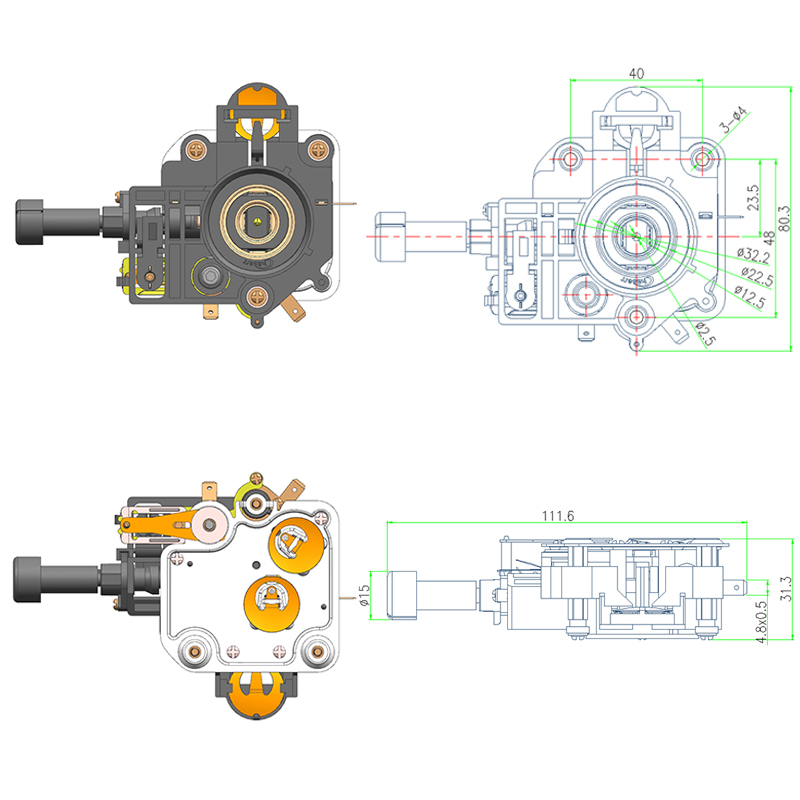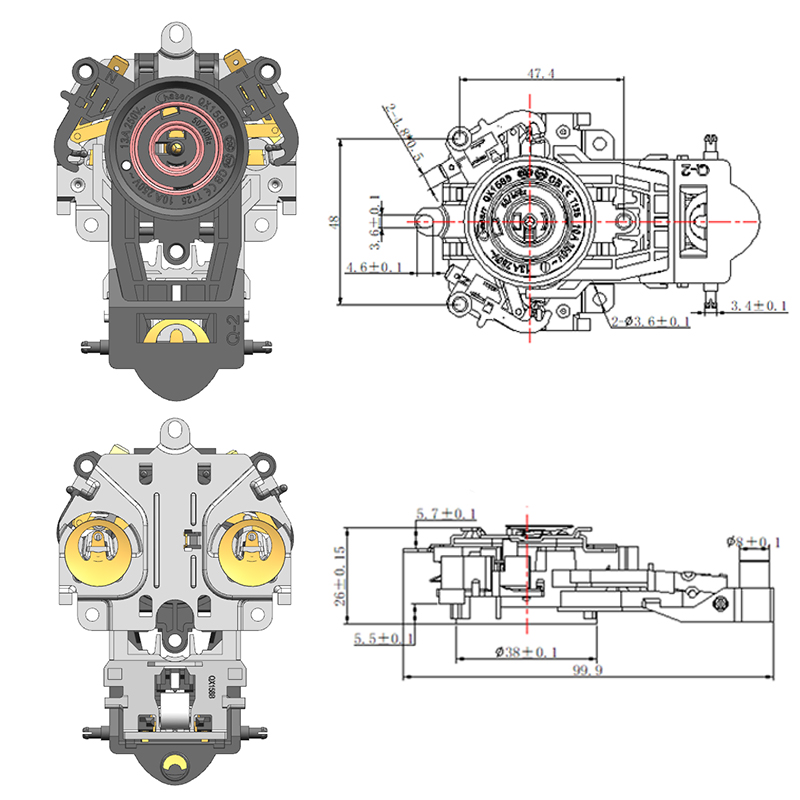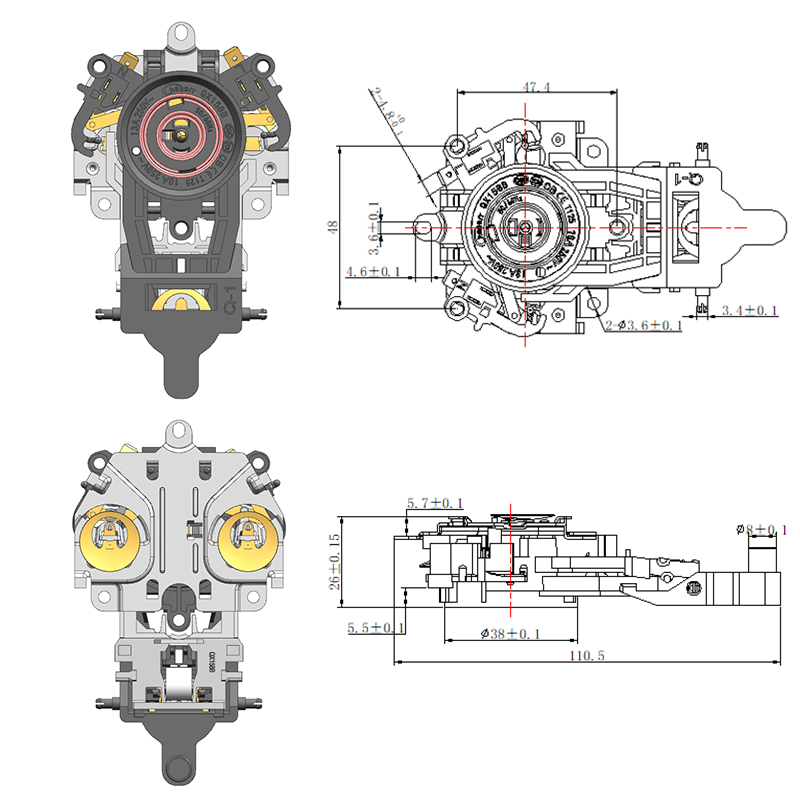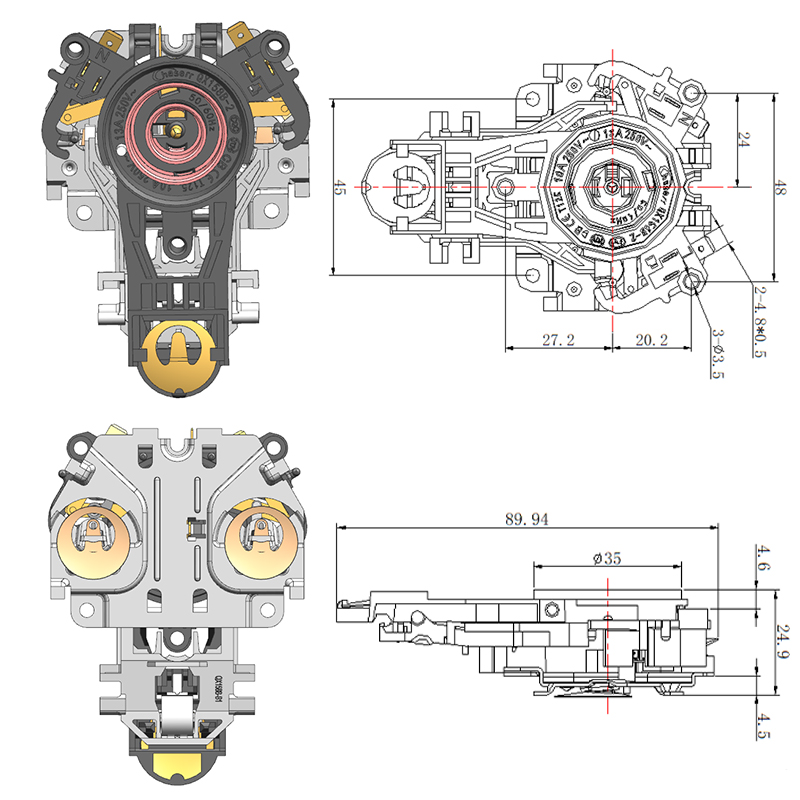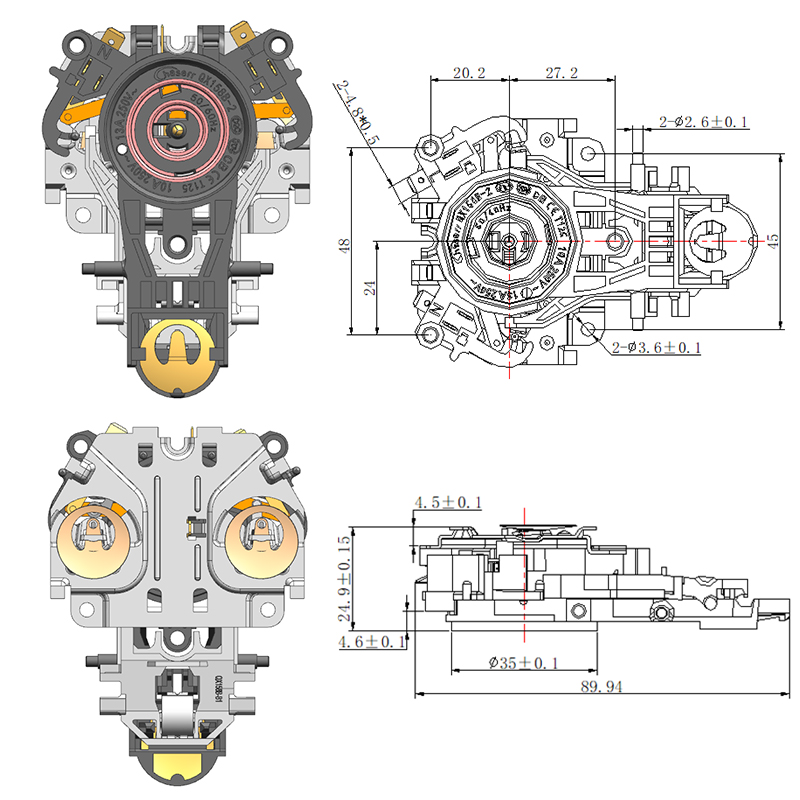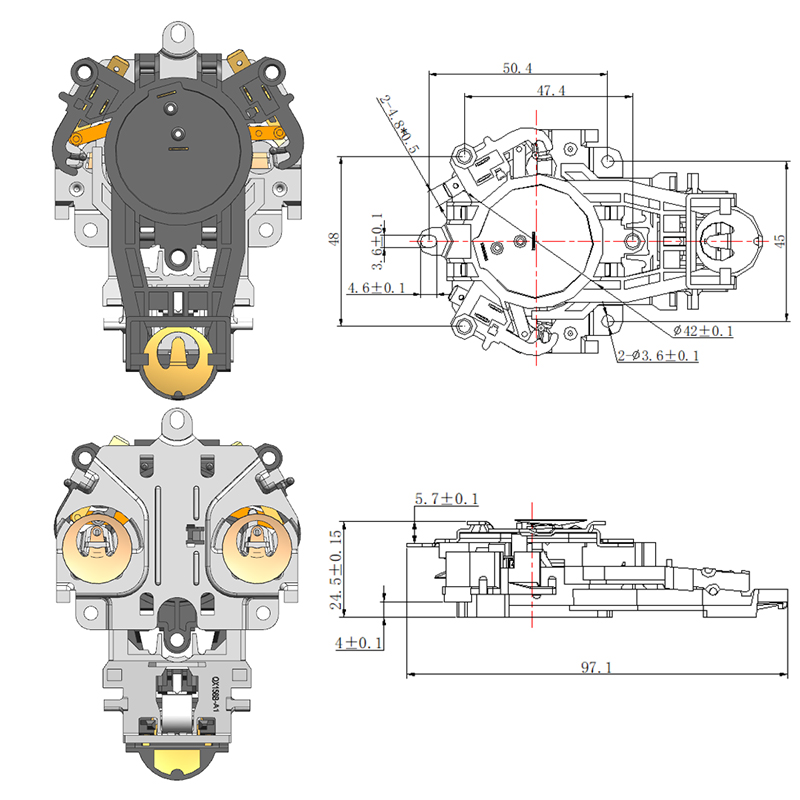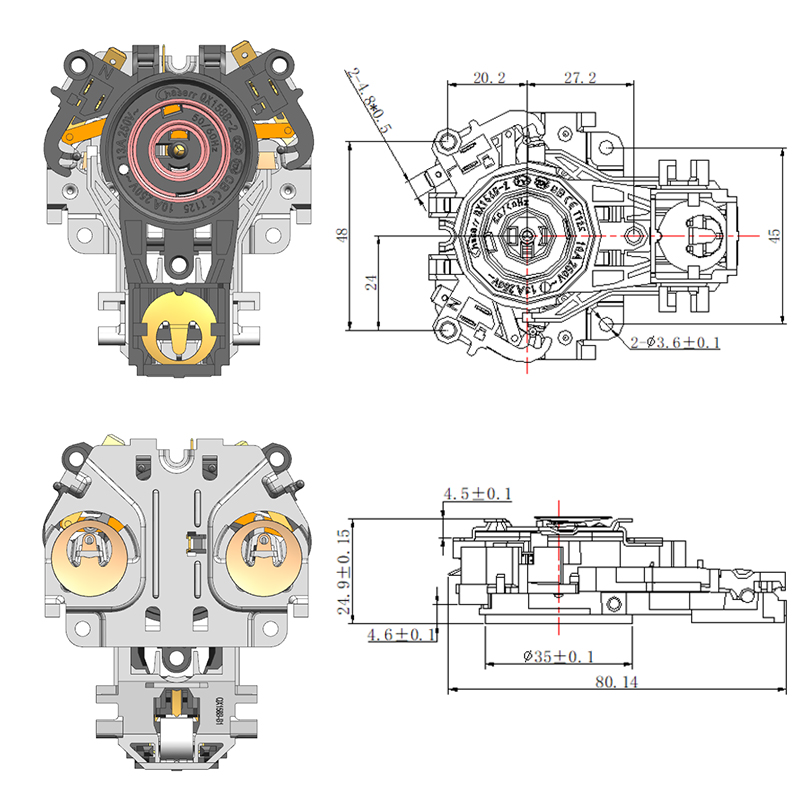A Comprehensive Guide to Understanding the Working Principle of Electric Kettles
An electric kettle is a highly efficient appliance designed to heat water quickly and safely using electric current. Its construction and operation are rooted in basic principles of electrical resistance and thermal conduction. At the bottom of the electric kettle lies a sealed heating element, often made of metal such as stainless steel or a nickel-chromium alloy. This heating element is typically embedded in or beneath a metal plate for durability and effective heat distribution. Above the heating element sits the water reservoir or canister, which can either be fixed as part of the kettle’s main body or designed to be removable for ease of filling and cleaning.
The heating element is the primary component responsible for turning electrical energy into heat energy. It functions as a resistor—an electrical component that resists the flow of electric current. When the kettle is switched on, electricity flows through the heating element. Due to its resistance, the element doesn’t allow electricity to pass through easily. This resistance causes electrical energy to be converted into thermal energy, which then radiates outward and heats the surrounding water. Because the heating element is in direct contact with the bottom of the canister or base plate, the heat transfer is efficient, allowing the water to reach a boiling point rapidly, often in just a few minutes, depending on the volume and starting temperature of the water.
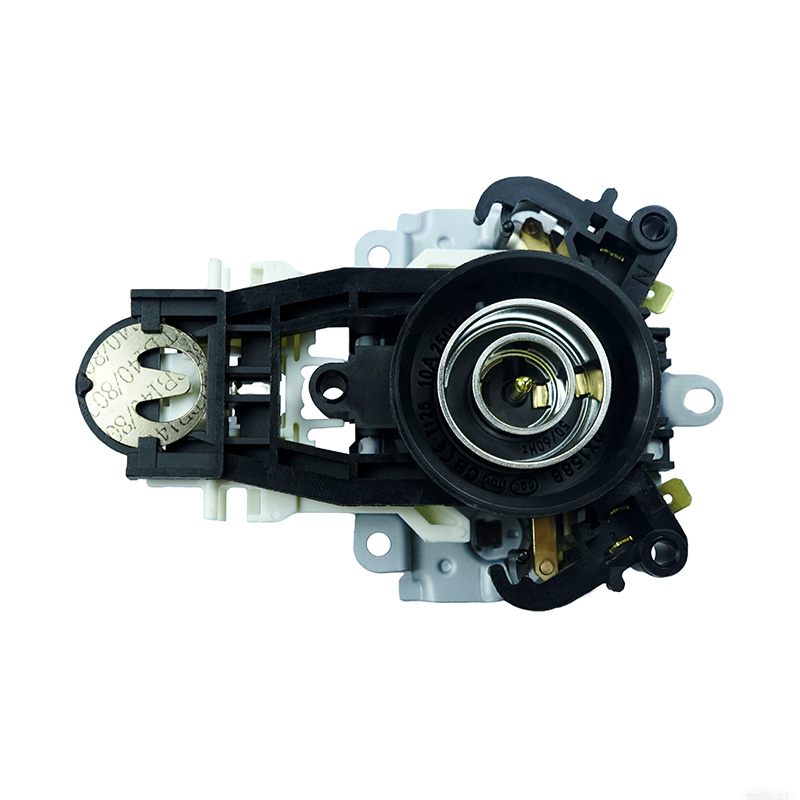
Controlling this heating process is the thermostat. The thermostat in an electric kettle plays a vital role in maintaining safety and energy efficiency. It is typically connected to a bimetallic strip or a variable resistor circuit, depending on whether the design is mechanical or electronic. In mechanical thermostats, a bimetallic strip bends when heated, triggering a switch that turns the heating element off once the water reaches a boil. In more advanced designs, an electronic thermostat uses a variable resistor to monitor and adjust the flow of electricity to the heating element.
The variable resistor inside the thermostat changes its resistance based on the selected temperature setting. When the user sets a higher temperature, the thermostat allows more current to pass through. This is achieved because the resistance in the circuit decreases, allowing a larger current to flow through to a transistor, which then allows even more current to reach the heating element. The result is a higher temperature in the heating element and therefore a faster and more intense heating of the water. Conversely, when a lower temperature is selected, the thermostat increases resistance in the circuit, which limits the flow of current. The transistor, receiving less current, also restricts the amount flowing to the heating element, slowing down the rate of heating or maintaining a lower temperature.
Once the water reaches the set temperature—usually 100°C for boiling—the thermostat signals the heating element to shut off. This automatic shutoff function prevents the kettle from overheating or boiling dry, which could damage the appliance or pose a safety hazard. Many modern electric kettles also incorporate thermal cutoffs or fuses that serve as additional layers of protection, disconnecting the power entirely if temperatures exceed safe limits due to a malfunction.
Some advanced kettles feature variable temperature control, keep-warm functions, and LED indicators that rely on sensors and microcontrollers working alongside the thermostat. These features allow for precise temperature regulation, useful for brewing delicate teas or preparing baby formula.
The electric kettle is a compact yet sophisticated device that converts electrical energy into heat using a resistor-based heating element and regulates that process with a thermostat. Whether through mechanical or electronic control, the thermostat ensures that water is heated quickly, efficiently, and safely, making electric kettles an indispensable part of modern kitchens.

 English
English  中文简体
中文简体  Español
Español 
